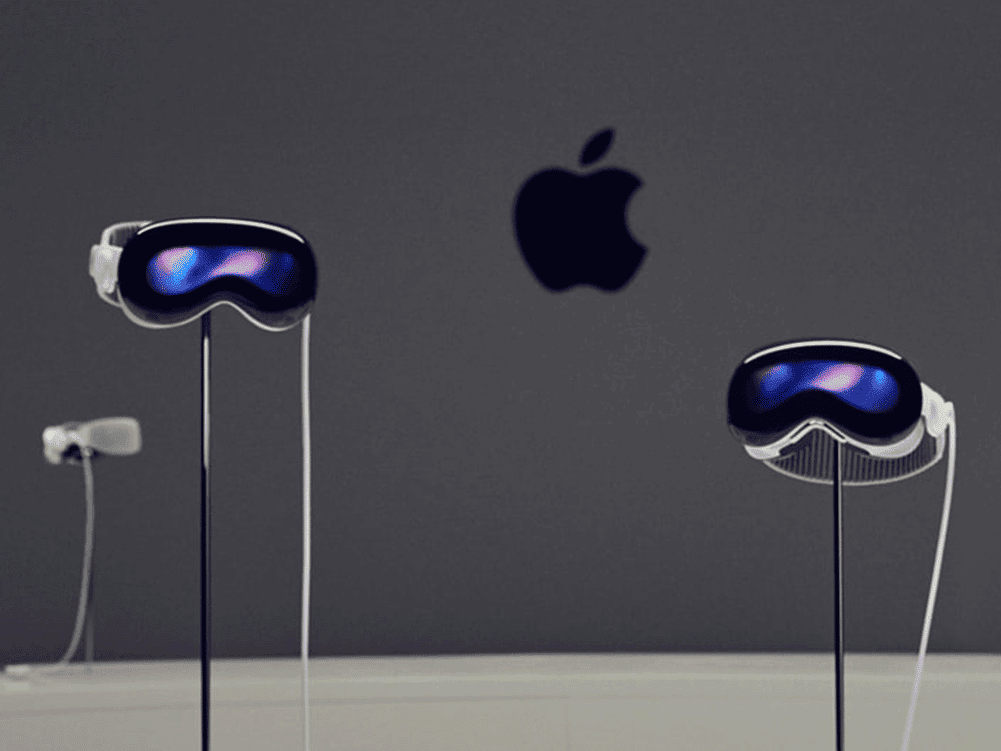
Digital products and services are all around us, from the apps and websites we access on our computers and smartphones, to the interfaces on the machines around our homes. Each of these human-computer or human-machine interfaces requires careful design to ensure it helps – rather than hinders – the person using it.
There’s a huge amount to think about when it comes to designing digital products. Decisions made by a range of stakeholders throughout the development phase have an impact on how the end user experiences the product. There will be times when different individuals will have differing views on how something should be designed. How do you successfully navigate this path in a way that maximises your chances of creating a truly well-designed product?
We’ve set out five key design principles to guide your development journeys.
1. Good design meets a real-world need
We design things to meet a need. In our context, a well-designed digital product helps people achieve their goals as efficiently and enjoyably as possible. These goals may contribute to other aims, which designers must also take into account. For example, the immediate aim of a government digital service may be to enable people to apply for their passports without filling in a paper form. The big-picture goal is likely to be to reduce the cost of providing this service. The digital service must be designed to meet both aims.
The design process starts by understanding what exactly those needs are, typically through business analysis and user research. Once you’ve established the needs you’re trying to meet, articulate them clearly and concisely, and ensure everyone involved with the project is aware of them. These top-level statements become important guiding hands that help ensure each design choice contributes towards the high-level goal, and therefore the ultimate success of the product.
2. Good design is holistic
It’s easy to think of digital design solely as the user interface, including the way information is displayed, the positioning of the components, and the overall look-and-feel.
While the user interface is an important aspect of overall product design, it’s just one part of a bigger picture, encompassing everything affecting the experience of the person using the product, both at the time they use it, and potentially afterwards.
How is the service architected behind-the-scenes to provide the necessary levels of performance, including under peak loads? How will it ensure the required availability? How will data be kept secure?
These factors, and many others, influence your users’ experiences in some way, and therefore the design decisions about them are as important as those about the user interface.
3. Good design takes user context into account
Linked to the previous point is the need to take account of a user’s context when they’re accessing the product or service.
Where will they be? What will surrounding conditions be like? How will this impact a user’s behaviour or abilities? If it’s an app or website, what device will they be accessing it on? Will they have an internet connection? How fast will this be? Will they be using assistive technologies?All these factors (and more) feed into the experience someone will have with your service, so must be taken into account as part of its design. A common challenge is that a design that works well for one user in one context won’t necessarily meet the needs of another user, or indeed that same user in a different situation.For example, when Softwire was building a new website for the Fleming Fund, a significant group of users needed to access information on it over slow internet connections. To ensure they could get to the content they needed in a timely manner, we created a low-bandwidth version, ensured the link to it from the main site was one of the first elements that loaded, and that it was prominently visible.
4. Good design empathises with users
To create a product that genuinely solves someone’s challenge, those designing it need to empathise with the user. Everyone’s skills and experiences will be different: something that makes perfect sense to one individual won’t necessarily be straightforward for another.
This is why all those involved in the design of a digital product need to put themselves in their users’ shoes. Some of this will come from speaking to real or proxy users, or from ethnographic studies that observe users in their own environments using similar services, or the product you’re looking to replace.
Diversity in your product team is also valuable: everyone will bring their own knowledge and experiences, and help the team consider perspectives they may not otherwise have done. Alongside factors such as race, age, sex and socioeconomic background, think about wider behavioural and cultural diversity, especially if your product or service has an international reach.
5. Good design is the result of open-minded collaboration
The holistic nature of design means it relies on collaboration and understanding between user researchers, UX designers, architects, developers, testers and business stakeholders.
A UX designer may wish to craft a user journey in a particular way, but this may result in a much more complex technical solution. This demands an open-minded discussion among those involved: does the benefit of the proposed design justify its cost? Would an alternative technical approach enable a substantially similar experience at a lower cost?
The power to support and delight your users
Good design can be the difference between a highly successful product and one that results in lost revenue, higher costs and reputational damage. And decisions that impact the design are made from day one, by everyone involved in crafting the digital product or service.
This is why it’s so important to follow guiding principles such as these. Doing so helps maximise the chances of your product being one that supports and delights users, by helping them achieve what they need to do, as quickly and enjoyably as possible.


